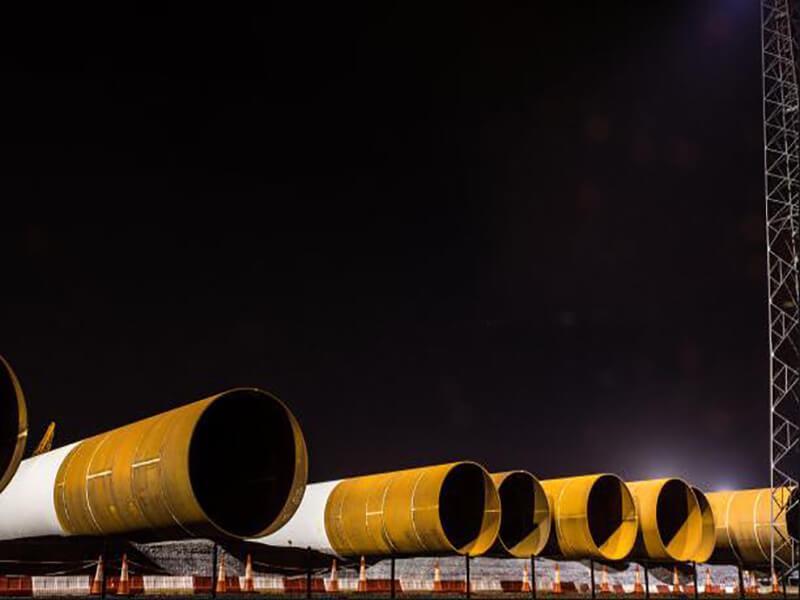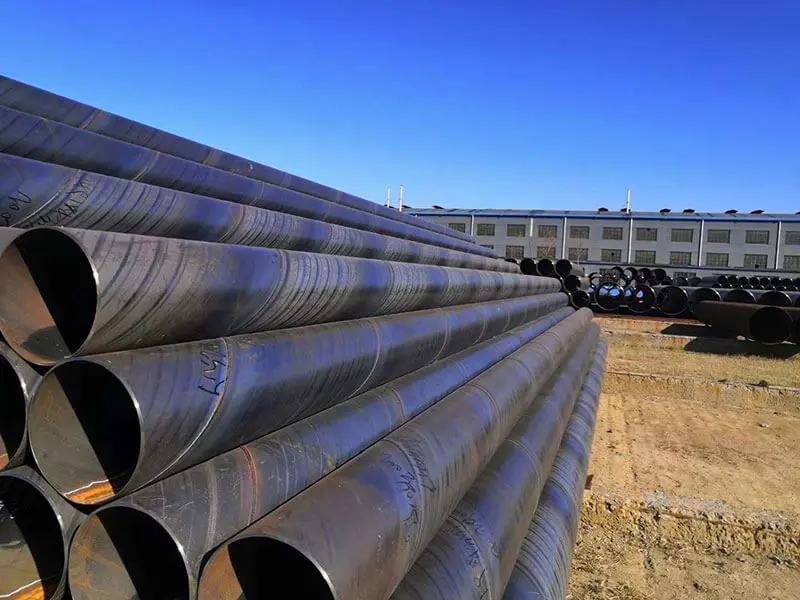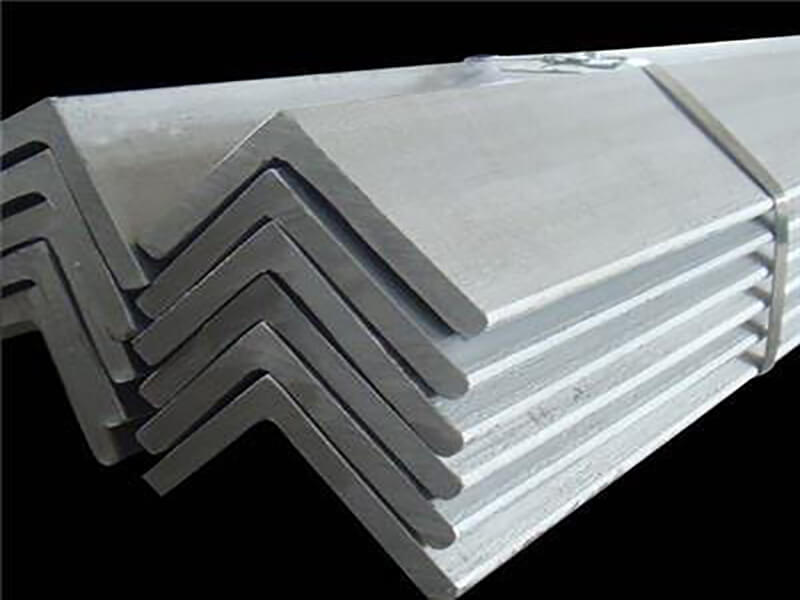

Q355c is a kind of steel. It is a low-alloy high-strength structural steel, widely used in bridges, vehicles, ships, buildings, pressure vessels, special equipment, etc., where “Q” means yield strength, and 355 means that the yield strength of this steel is 355MPa, and will vary with As the thickness of the material increases, its yield value decreases.
Chemical composition: C: ≤0.24, Si: ≤0.55, Mn: ≤1.60, P: ≤0.035, S: ≤0.035, Cr: ≤0.30, Ni: ≤0.30, Cu: ≤0.40.
Yield strength: ≤16mm: ≥355, 16-40: ≥345, 40-63: ≥335, 63-80: ≥315, 100-150: ≥295, 150-200: ≥285, 200–250: ≥ 275
Tensile strength: 450-630.
Impact test: temperature: 0℃: longitudinal ≥ 34, transverse ≥ 27.
Elongation: ≥21.

Workpiece → Degreasing → Water Washing → Pickling → Water Washing → Dipping Support Solvent → Drying and Preheating → Finishing → Cooling → Passivation → Rinsing → Drying → Inspection
There are many types of q355c angle steel components, and there are relatively many manufacturing processes. The first is the most commonly used solvent method. As our steel structural parts are diverse, there are many ways to use them, but basically we don’t use them in the design of the spreader. Under normal circumstances, the spreader designer needs to consider some factors. These What are the factors? First of all, it must be easy to operate, try to add some galvanizing liquid in it as little as possible, here is that the hanging must be very strong, and our steel components are required to have a certain strength, do not agree to damage, this It emphasizes the main reason why it is not easy to deform. There are many requirements for our steel components, not only used in our q355c angle steel, more importantly, there are many other uses, and with the different types of use, the requirements we put forward are also different, this is also With the main requirements of the development of our society.
The cold galvanizing process is used to protect metals from corrosion. For this purpose, zinc filler coatings are used, which are coated on the protected surface by any coating method. After drying, a zinc filler coating is formed. In the dry coating With the content of zinc (up to 95%). Steel is galvanized on the surface under cooling conditions, while hot-dip galvanizing is a steel pipe that is galvanized on the surface under hot-dip conditions. It has strong adhesion and is not easy to fall off. Although hot-dip galvanized pipes are also rusty, But they can meet technical and sanitary requirements in a long period of time
Hot-dip galvanizing also has color hot-dip galvanized angle steel, printing coated galvanized steel, PVC laminated hot-dip galvanized angle steel, etc. But the most commonly used is still hot-dip galvanized steel pipe. Galvanized steel sheet can be divided into general use, roof use, building exterior panel use, structure use, corrugated sheet use, drawing use, and deep drawing use. The relevant product standards of the size specifications list the recommended standard thickness, length, width, and allowable deviation of the galvanized sheet. Hot-dip galvanized angle steel sheets have different surface conditions due to the different treatment methods in the coating process, such as ordinary spangles, fine spangles, flat spangles, zinc-free spangles, and phosphate-treated surfaces. German standards also provide for surface grades. The galvanized sheet should have a good appearance, and there must be no defects that are harmful to the use of the product, such as no plating, holes, cracks, scum, excessive plating thickness, scratches, chromic acid dirt, white rust, etc. Foreign standards are not very clear about specific appearance defects. Some specific defects should be listed in the contract when ordering. The standard value of zinc coating: The zinc coating is a commonly used effective method to express the thickness of the zinc layer of the galvanized sheet.
The angle steel production process is long and there are many procedures, and the formation of the coating after the strip is immersed in the zinc pot and the zinc pot, and the cooling and solidification process is very complicated. Therefore, there are many factors that affect the angle steel, and the influence of each influencing factor on the performance of the angle steel coating is not Isolated but intertwined and interacted. The factors that determine the quality of angle steel are mainly manifested in the following four aspects:

For Further Details,Please Feel Free To Contact Us: